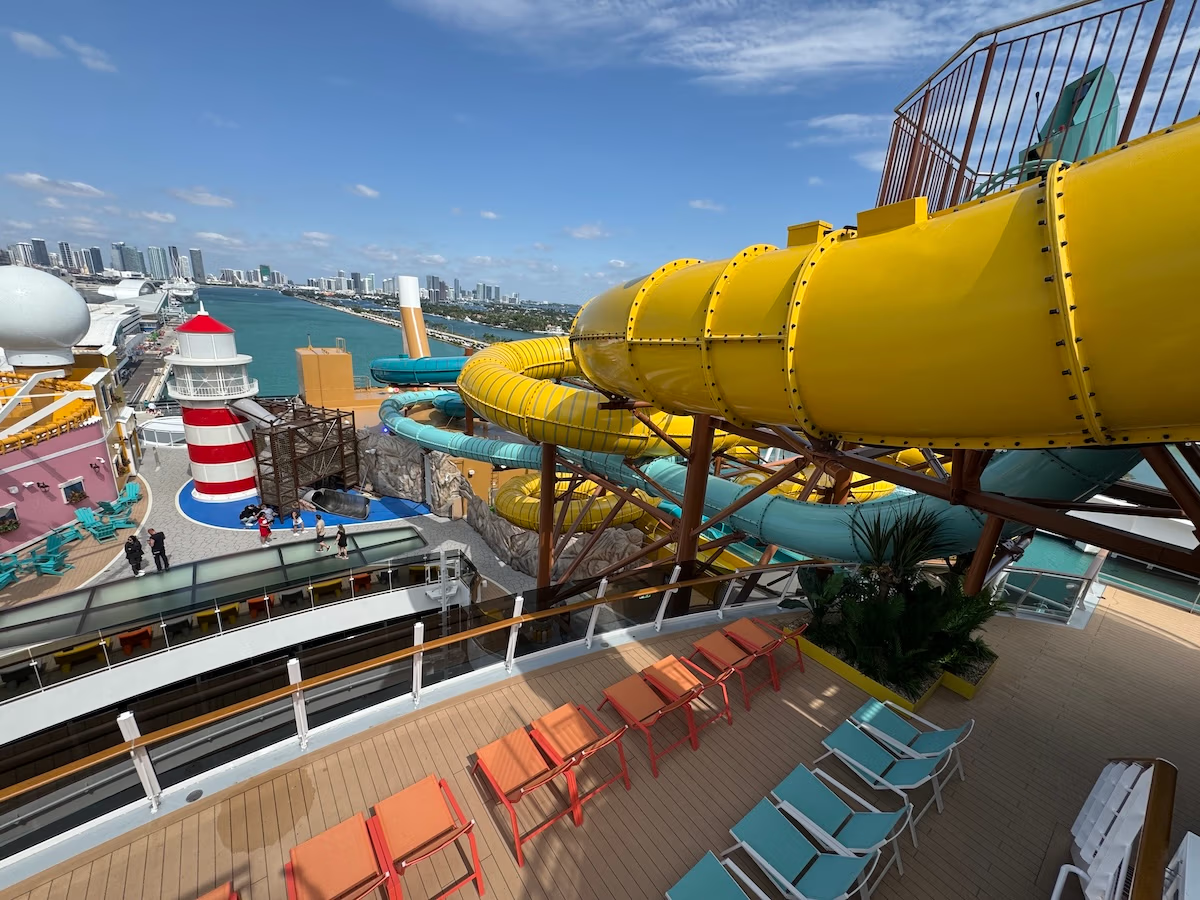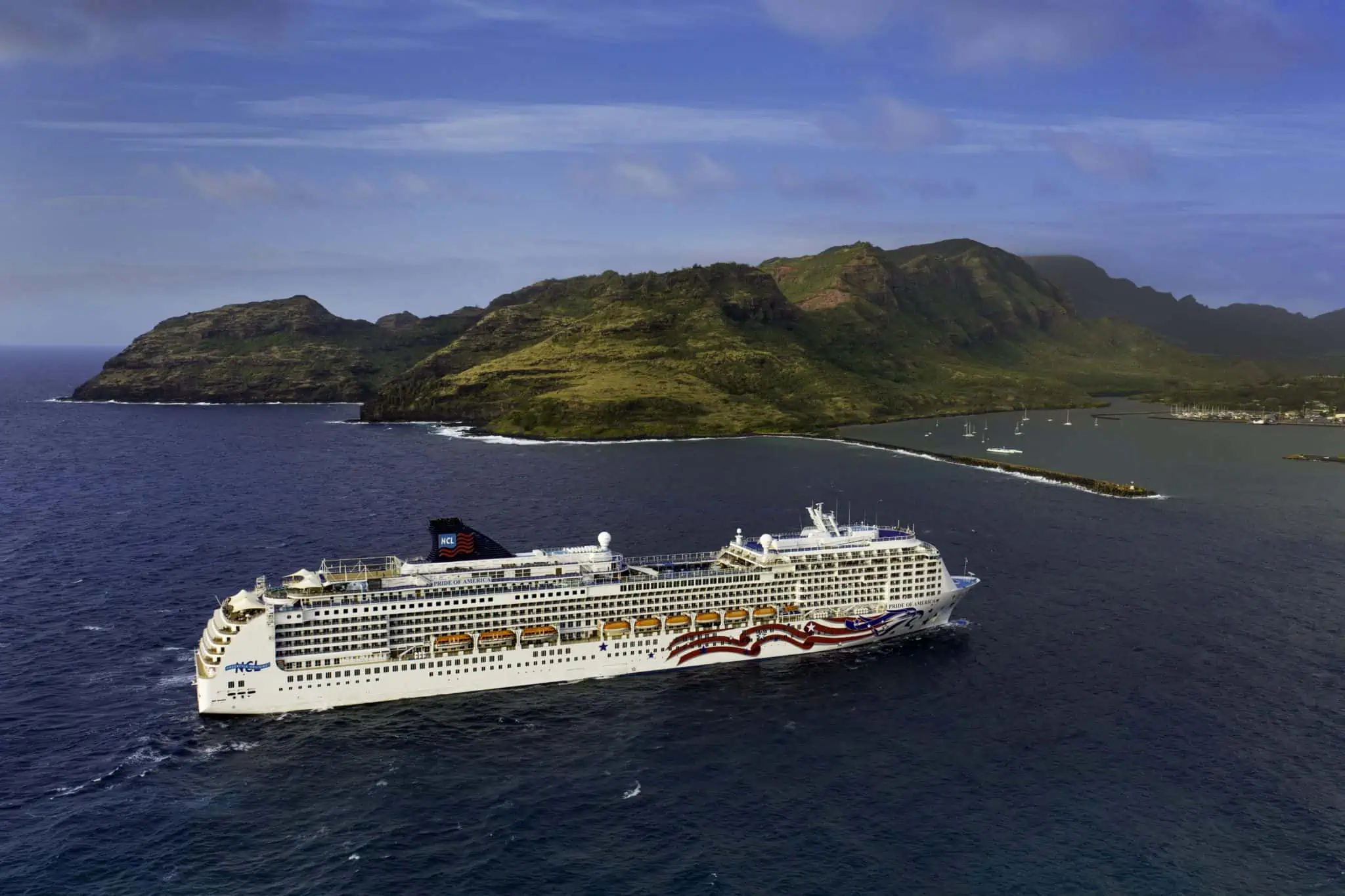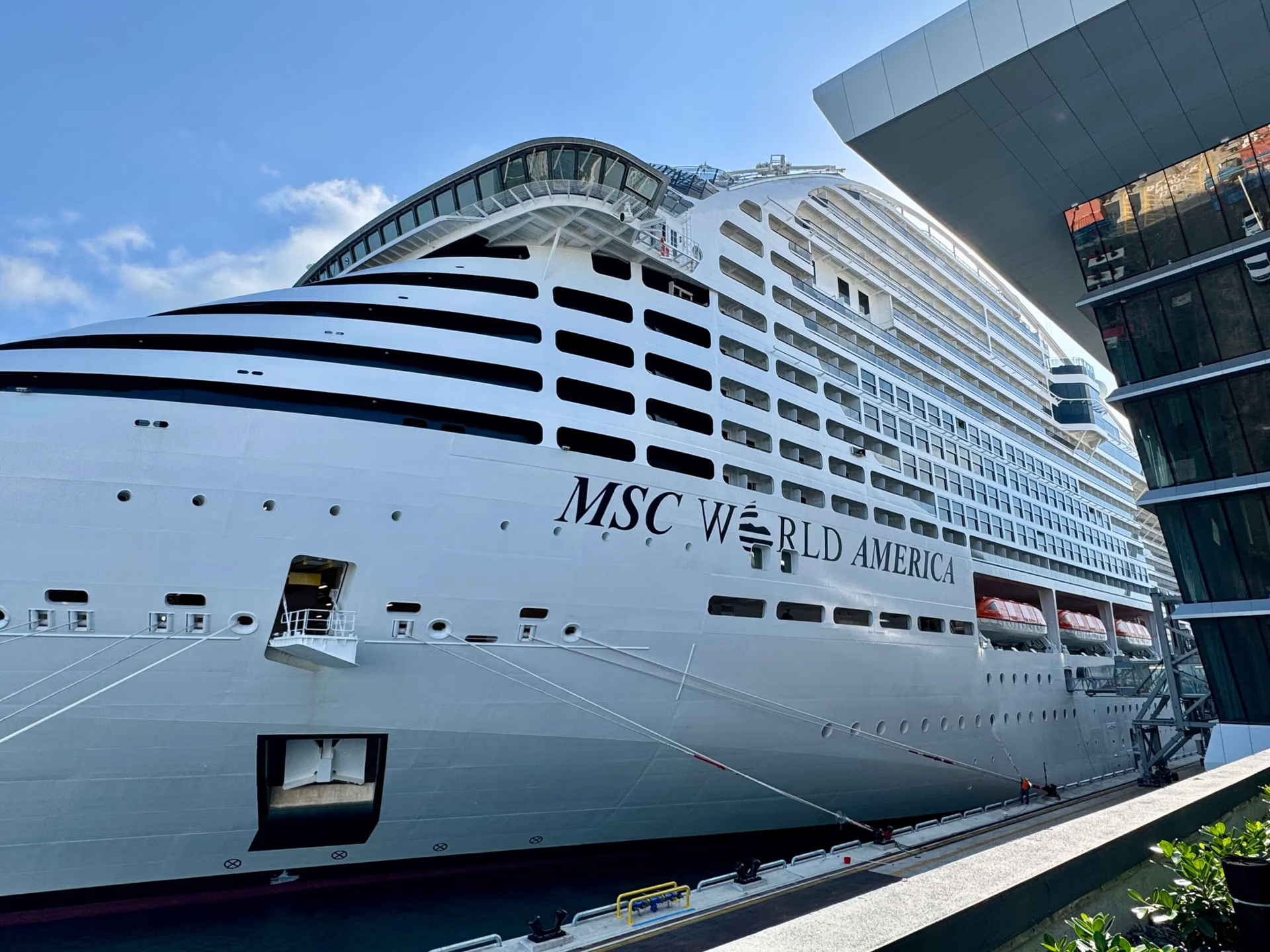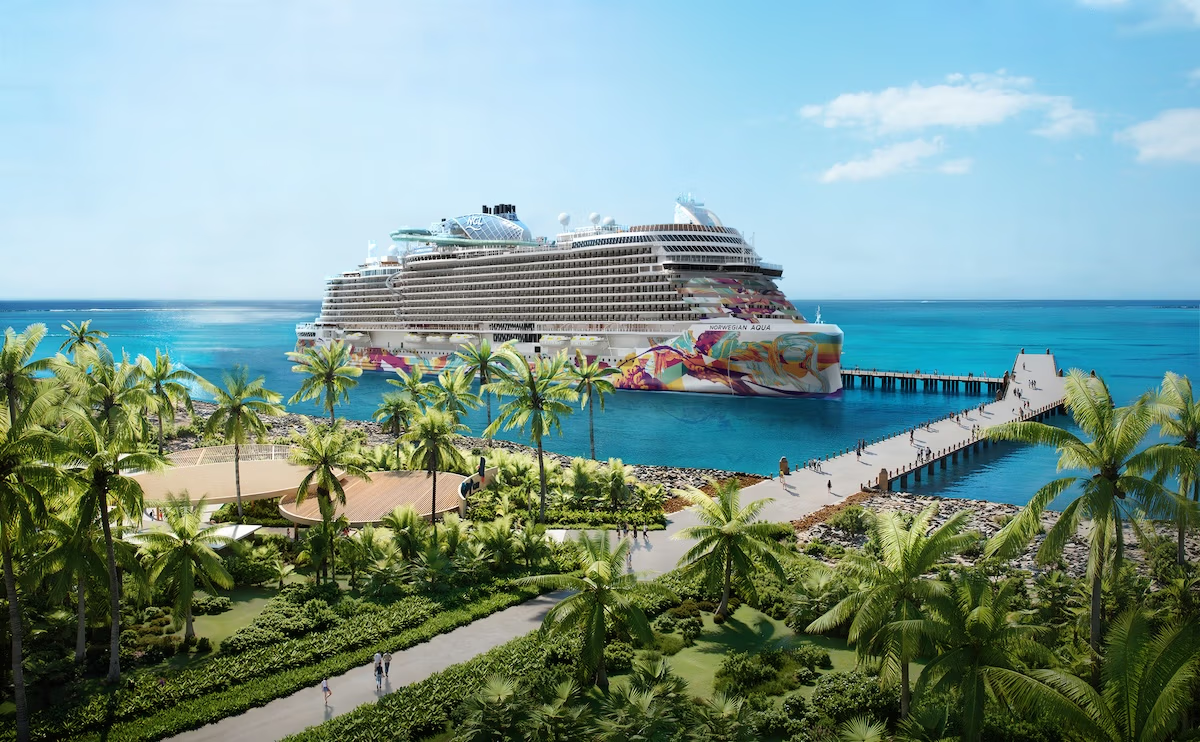Norwegian Cruise Line Holdings announced Tuesday that it has contributed $50,000 to the Alaska Raptor Center in Sitka to support wildlife conservation and educational initiatives.
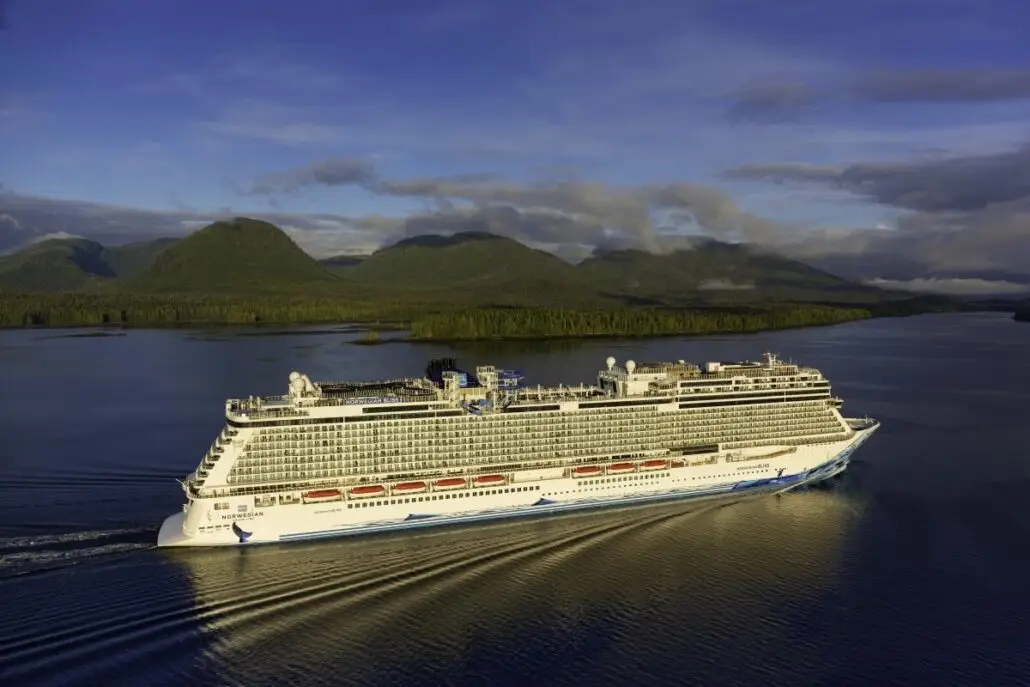
The funding will help develop a self-guided interpretive nature trail on the center’s 17-acre property, expanding public access to information on raptor rehabilitation and environmental stewardship.
The Alaska Raptor Center, a nonprofit organization, provides medical care for more than 200 birds of prey annually and educates roughly 40,000 visitors annually.
It relies on donations and community partnerships to sustain its rehabilitation programs and outreach efforts. Norwegian Cruise Line Holdings (NCLH) has supported the center since 2017 as part of its Sail & Sustain program, an environmental initiative focused on conservation and responsible tourism.
Angela Stark, senior vice president, assistant general counsel, sustainability & compliance at NCLH, said the donation underscores the company’s commitment to preserving Southeast Alaska’s biodiversity.

“This latest project reinforces our shared dedication to wildlife conservation and deepening guest connections with the region’s natural beauty,” she said.
NCLH has positioned itself as a leader in sustainability within the cruise industry, committing to net-zero greenhouse gas emissions by 2050.
In 2023, the company reported that nearly 50% of its fleet had been equipped with shore power capabilities, a figure expected to reach 70% by 2025.
In recent years, NCLH has contributed nearly $1.6 million in cash, cruises, and in-kind donations to environmental and community programs.
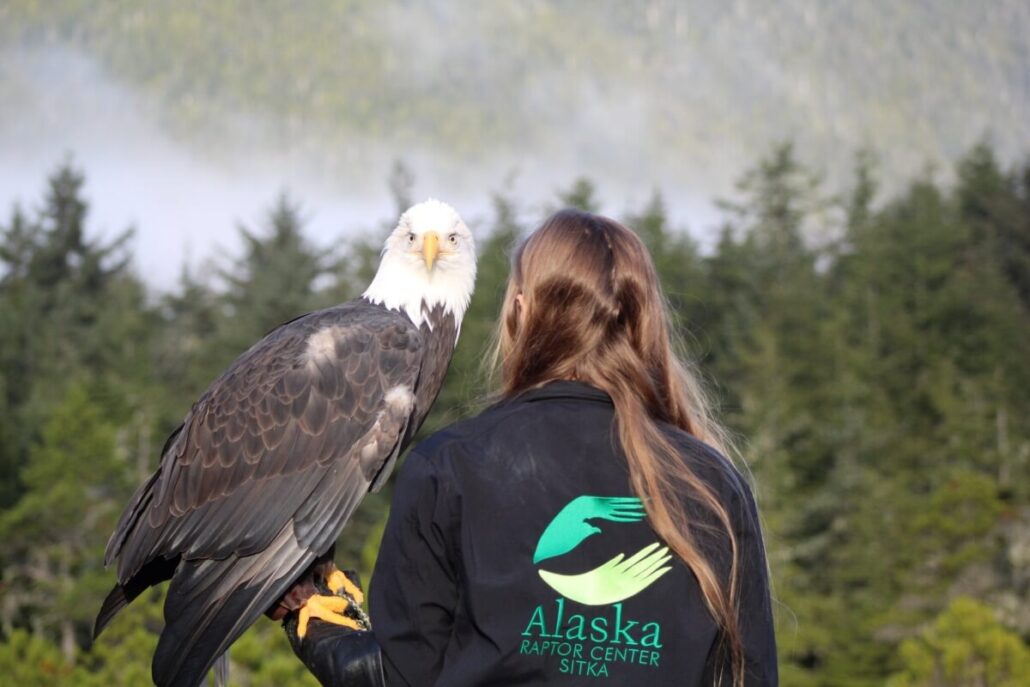
Carol Bryant-Martin, executive director of the Alaska Raptor Center, said the funding will help improve visitor engagement.
“This investment allows us to create an interactive nature trail that highlights the crucial role of raptors in our ecosystem,” she said.
Sitka is a popular stop on Alaska cruise itineraries that feature wildlife encounters, scenic fjords, and cultural experiences. The new trail aims to enhance guests’ understanding of the region’s ecological significance.


